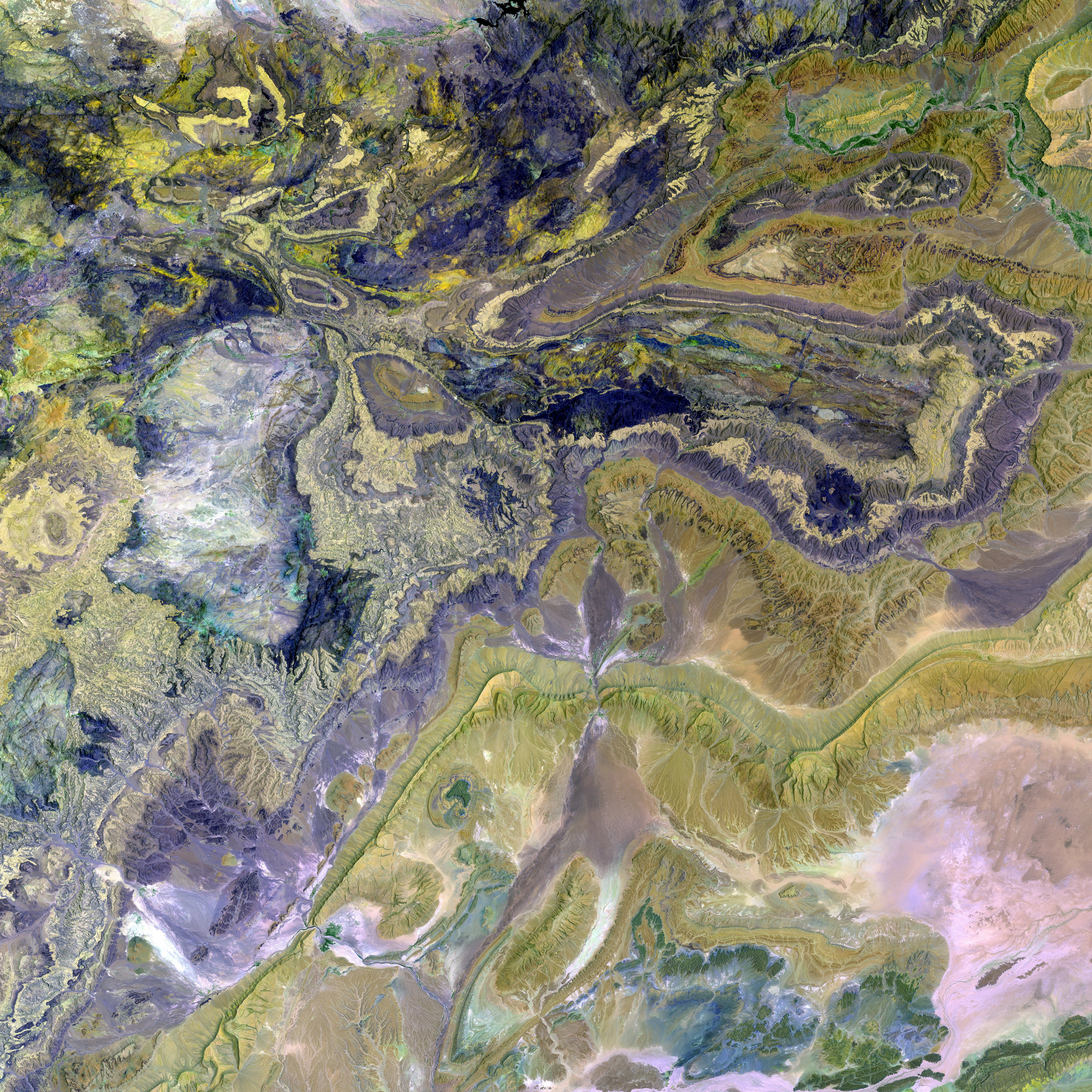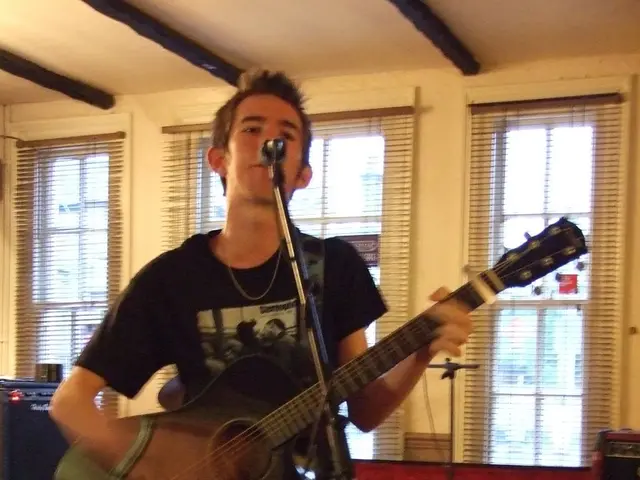Let's Dish on the G7 Foreign Ministers' Meeting: Trade Disputes & Ukraine Ceasefire
Contentious Trade Matters and Ukraine Ceasefire Dominate G7 Foreign Ministers' Discussion - Escalating Trade Disputes and Temporary Ceasefires in Ukraine
Hey there! buckle up, as this meeting of the G7 foreign ministers is bound to be a doozy. Ahead of the meeting, several foreign ministers had already signaled a focus on the situation of Ukraine. CanadianForeign Minister Mélanie Joly anticipated the meeting to predominantly revolve around Ukraine and the possibility of a ceasefire.
British Foreign Secretary David Lammy highlighted that G7 nations need to focus on ensuring Ukraine can establish a fair and sustainable peace. Meanwhile, Italy's Foreign Minister Antonio Tajani accentuated that peace in Ukraine also guarantees European continent security.
German Foreign Minister Annalena Baerbock described the pre-G7 diplomat meeting as "urgently necessary." She views the G7 as the powerhouse in crisis management.
Earlier discussions between US and Ukraine delegations in Saudi Arabia revealed an unexpected breakthrough: Ukraine agreed to support a US-proposed 30-day ceasefire. In exchange, Washington pledged to resume military aid and provide Kiev with intelligence again. This agreement, however, flies in the face of recent US distancing from Kiev and a notable shift towards the Kremlin's positions.
At the moment, Moscow has kept mum on the proposal, but US envoys are jetting off to Russia, primed to present the US proposals to the Kremlin. Trump, on the other hand, is keeping his fingers crossed, hoping to persuade Russia to agree to a ceasefire.
Aren't we all just one big, happy international family? Well, not quite, as a trade dispute between the US and its partners threatens to overshadow the meeting. On Wednesday, US tariffs of 25 percent on steel and aluminum products took effect, and the EU and Canada responded with counter-tariffs.
Before his arrival in Charlevoix, US Secretary of State Rubio pleaded with G7 partners to set aside their frustrations with Trump's trade policy and focus on shared objectives. He reiterated that the tariffs stem from US security concerns, echoing Trump's America First policy loud and clear.
Canadian Foreign Minister Joly, however, announced that the tariff issue would be a recurring topic during G7 talks. Furthermore, rumors swirl about Trump's proposal to buy Canada, an offer Rubio has since clarified won't be discussed and Canada's sovereignty is non-negotiable.
So, buckle up, folks! The G7 meeting is shaping up to have it all: trade disputes, world peace, and possibly a little dash of intrigue as US envoys pop over to Russia to have a chat. Stay tuned!
The G7 group includes seven major industrialized nations – the USA, Germany, France, Britain, Italy, Canada, and Japan. Canada proudly took over the rotating presidency of the G7 at the beginning of the year, with the heads of state and government to convene for a summit in Alberta, Canada, in June.
- In preparation for the G7 meeting, the Commission has also been consulted on the draft resolution regarding the European Union's relations with the countries of Central and Eastern Europe, as the European continent's security is at stake.
- As the G7 foreign ministers meeting progresses, it is evident that diplomats have divergent opinions as they focus on vital issues such as Ukraine's ceasefire and the trade disputes between the US and its partners.
- Amidst the looming trade disputes, UK Foreign Secretary David Lammy shares the common sentiment among G7 nations, emphasizing the importance of aiding Ukraine establish a fair and sustainable peace, considering potential implications for the European Union's relations.







